Painter builds bridge of cultural exchanges
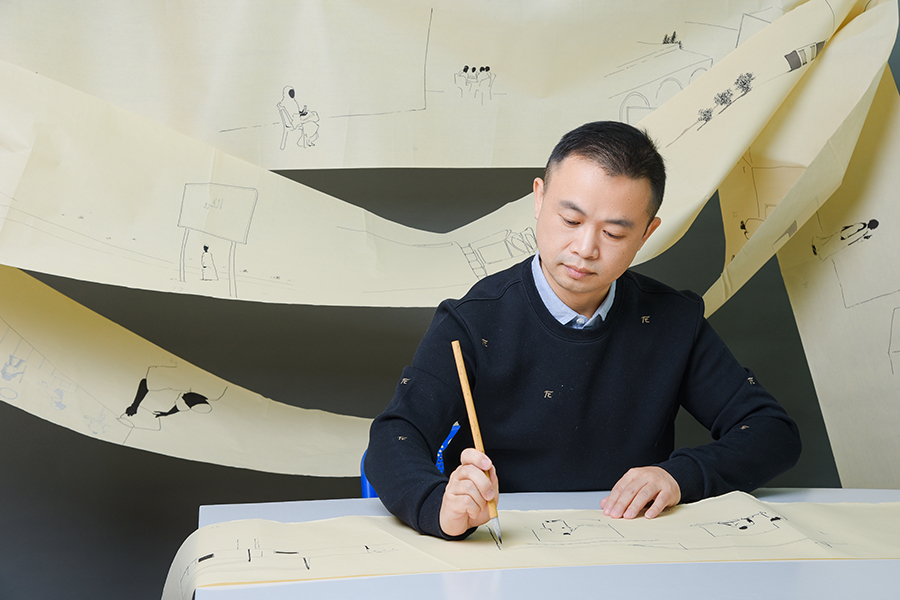
Su paints at his workshop in Guilin, Guangxi Zhuang autonomous region. [Photo/China Daily]
Landscapes of Guilin, Africa and Myanmar have fired Su Ning's artistic vision
He says he set out from Xinjiang like a camel on the Silk Road. He was assigned to work in oilfields in Northwest China's Xinjiang Uygur autonomous region upon graduation from university in 1996 and traveled all the way to Sudan in Africa in 2001, where he worked as the foreign affairs manager for several oil projects for eight years. In his spare time, he drew pictures of what he saw. This is one side of the self-portrait drawn by Su Ning, a painter, writer and scholar in his 40s.
After Sudan he came back to his hometown of Guilin, a tourist resort known for its picturesque karst landforms in Southwest China's Guangxi Zhuang autonomous region. He then took up the same post of foreign affairs manager for oil pipeline project in Myanmar in 2012. Visiting the Southeast Asian nation often proved to be a golden opportunity for Su to gather creative ideas for his art.
The government of Myanmar invited Su to Yangon for the overseas launch ceremony for his book, Buddhist Flower of Myanmar, which is collected in the Myanmar National Library. Su also introduced the first Chinese-language book on Myanmar painting to China. He is committed to promoting artistic and cultural exchanges to strengthen the traditional "Paukphaw" friendship between China and Myanmar.
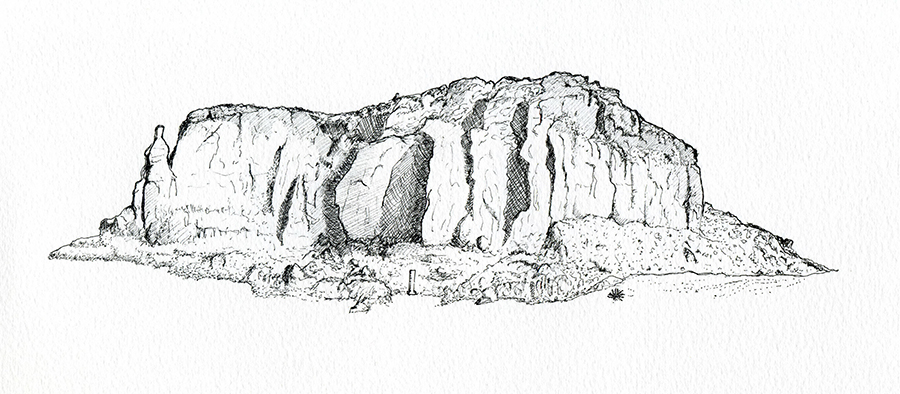
Su Ning's sketch painting on Africa that appear in his albums. [Photo/China Daily]
Using another animal metaphor,Su says of his "pilgrimage" to the Southeast Asian country: "I was like an Asian elephant that strode from Guangxi to the jungles in Myanmar."That's where he immersed himself in and was inspired by the Buddhist culture in the country, which is the other side of the self-portrait of Su.
Then he came back to Guilin, and worked as a cultural and art researcher at a local university. But he has never ceased painting, taking full advantage of his "camel" and"elephant" experience, to contribute to exchanges between China and Sudan and China and Myanmar, as he believes that art is a common language of different cultures.
Su has held several solo exhibitions of his African art in Sudan and China since 2006, including the"Maburuk Sudan" (Cheers Sudan)serial exhibition, making him arguably the most influential Chinese painter in Sudan.
Some Africans in China spoke highly of the Maburuk Sudan exhibition, saying that it was fabulous to see an art exhibition on Africa in China, and Su's paintings made them feel homesick and immediately shortened the distance between Chinese and African people.
Su told the media: "I am dedicated to doing my little bit to help the Chinese people better understand Sudan and Africa, and vice versa."
Artists in Sudan praised Su for"drawing" a bridge of artistic exchange between China and Sudan, as the exhibitions of his paintings have served to deepen the mutual understanding of the Sudanese people and their Chinese counterparts, and promoted the people-to-people exchanges and friendship between the two countries.
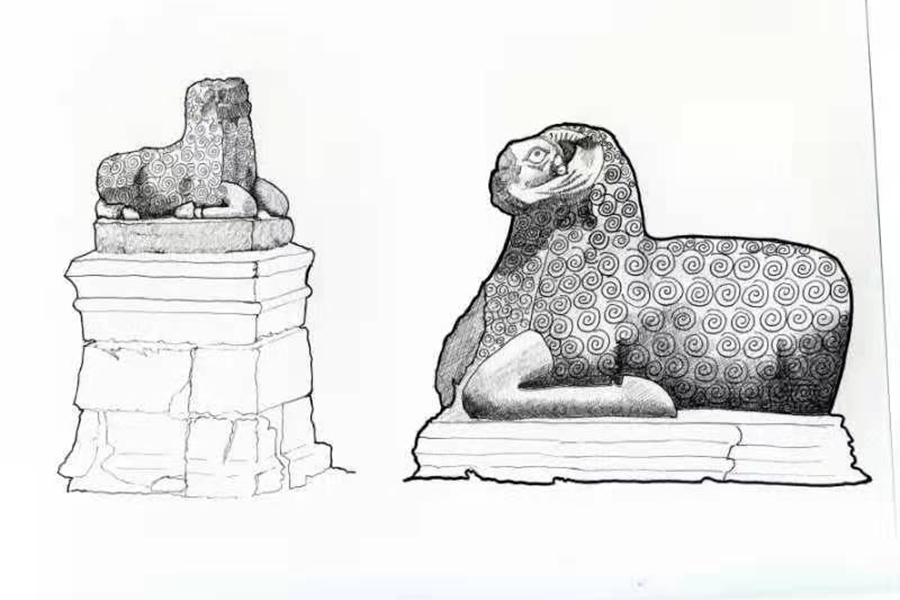
Su Ning's sketch painting on Africa that appear in his albums. [Photo/China Daily]
Su has also published an album of paintings Sudan in My Eyes in Sudan showing how a Chinese artist sees the country. Book critics say the book has filled a vacancy in its field.
Compared with a painter with professional training, Su's artistic creation is full of randomness. Art critics say that Su's painting style is not something that can be cultivated in a traditional art school.
The publishing of Sudan in My Eyes was at first not part of Su's plan. When he was in Sudan, he liked finding scraps of paper and drawing whatever he saw on them:the wild grassland in the rainy season, the lions and the elephants by rivers. Until one day when his works were spotted by Dr Rashid Diab, a Sudanese modern painter, visual artist and art historian, who marveled at Su's creations, and encouraged him to continue to stick to his style and keep on drawing what he saw in Sudan. Su didn't expect that his sketches would finally be collected in the album, which reportedly caused a bit of a sensation in Sudan after it was published.
The media quoted Diab as saying of Su's paintings: Frankly, the most difficult relationship in a painting is the relationship between black and white. Under each line, the paper is being scored so it cannot lie. The layout and atmosphere need to be created. The fewer the lines, the more there is the need for ideas and planning. In that sense, Su's painting is closer to philosophical thinking.
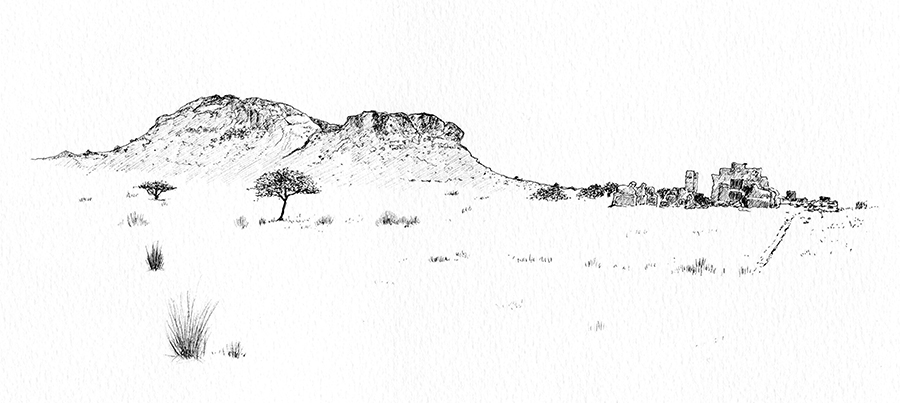
Su Ning's sketch painting on Africa that appear in his albums. [Photo/China Daily]
The album has been presented by the Sudanese government as a state gift to visiting Chinese guests. And some Sudanese officials have also attended Su's art and book shows in Beijing during their visits to China.
Su, who is also vice-chairman of Guilin Culture Promotion Society,has taken the opportunity to introduce Guilin to the Sudanese guests,welcoming them to the national"guestroom city", as Guilin is known,having received many foreign visitors since the 1960s.
Su said: "I often stroll along the Lijiang River in Guilin, as if I can breathe the breeze of the Nile. I often climb the mountains in Guilin, but when I look at the starry sky I am missing Africa; I miss my days and nights in Africa and my friends far away."
In producing more than 200 drawings of scenes in and around Guilin, Su says he has tried to express the "beauty of the thousands of faces" of Guilin landscape with various techniques, such as using thick strokes, oil painting, acrylic gouache,and rock coloring, but, he feels they still do "not capture the complete beauty of the Guilin landscape". And it is in his "dialogue" with the Gulin landscape that Su started realizing that "learning from nature is always the secret of making works fresh".Which is the secret of the success of his works on Sudan.
Over these years, Su has also authored several books on Africa in Guilin and Shanghai — including Nile, Nile; Starry Sky in Africa;Close to the Nile; Habibi Sudan; and Lonely Suakin. Critics attribute Su's articles and books on Africa to his first-hand experience in and love of the continent that greatly expanded his vision and view.
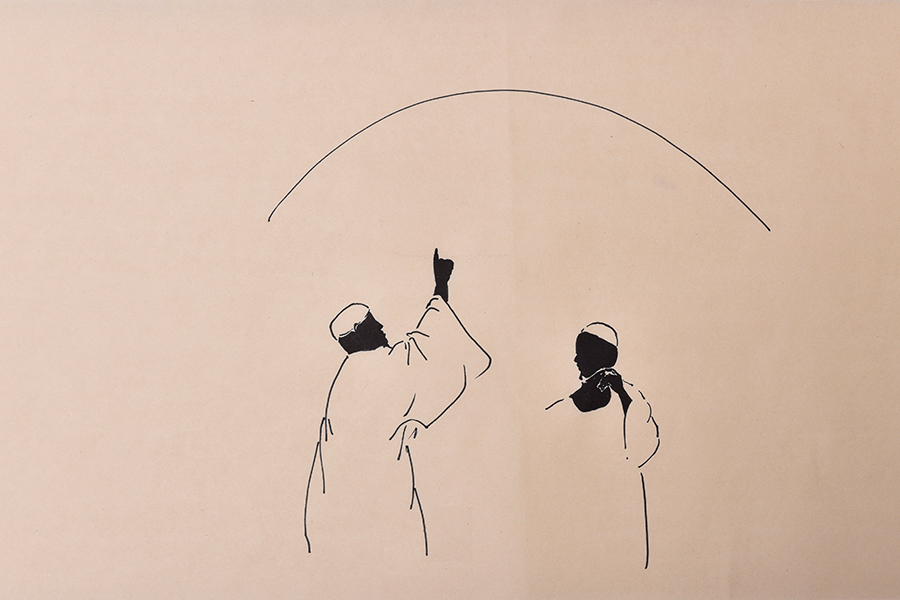
Su's works on Africa. [Photo/China Daily]
Moreover, Su's blog on Sudanese culture and art has developed into an important platform for China-Sudan cultural and art exchanges since it was launched in 2005. Many Chinese people interested in African culture,art and history and African people interested in China often visit his blog, which has served as a de facto public sphere for cultural exchanges between China and Africa.
Till now, many African friends have turned Su's house into a staging post for their trips to China. Su often receives African friends in his home all year round. He makes coffee, cooks Sudanese and Chinese food and organizes salon activities.This active person-to-person communication provides Su with what he calls "an inexhaustible atmosphere and inspiration" for artistic creation, as well as valuable chances for African visitors to know China,as nature, people and life are the true sources of inspirations for art.
Li Ziyu in Guilin contributed to this story.
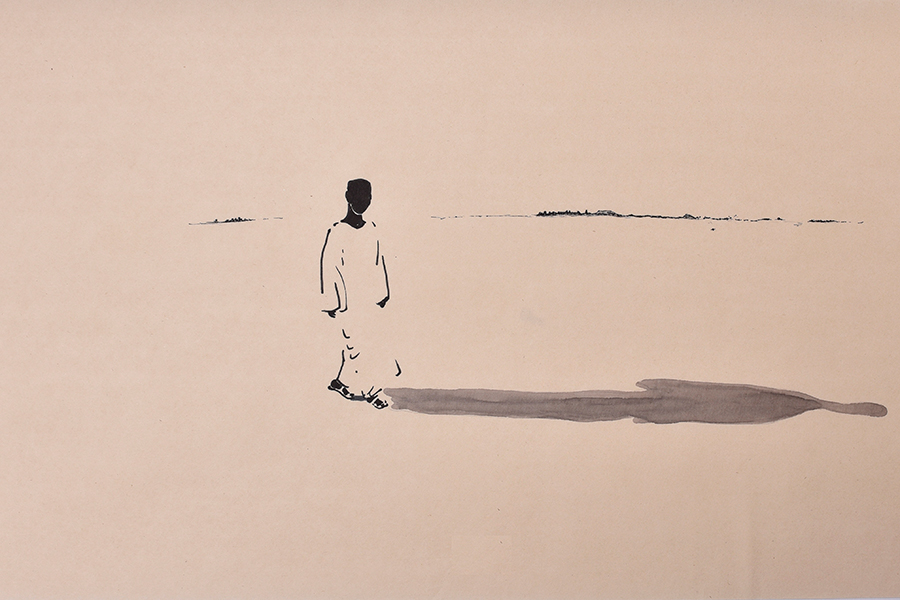
Su's works on Africa. [Photo/China Daily]
Related articles
-
 Stories and scenes of the world bloom under a writer's painting brushes
Stories and scenes of the world bloom under a writer's painting brushesMore
-
 Building legacies
Building legaciesMore
-
 Outstanding in his field
Outstanding in his fieldMore
-
 Beijing exhibition presents vitality of spring
Beijing exhibition presents vitality of springMore
-
 Master Lecture Room | Fan Yang: A Random Talk on Chinese Painting
Master Lecture Room | Fan Yang: A Random Talk on Chinese PaintingMore
-
 Centuries-old Buddhist mural art comes alive in Beijing
Centuries-old Buddhist mural art comes alive in BeijingMore
